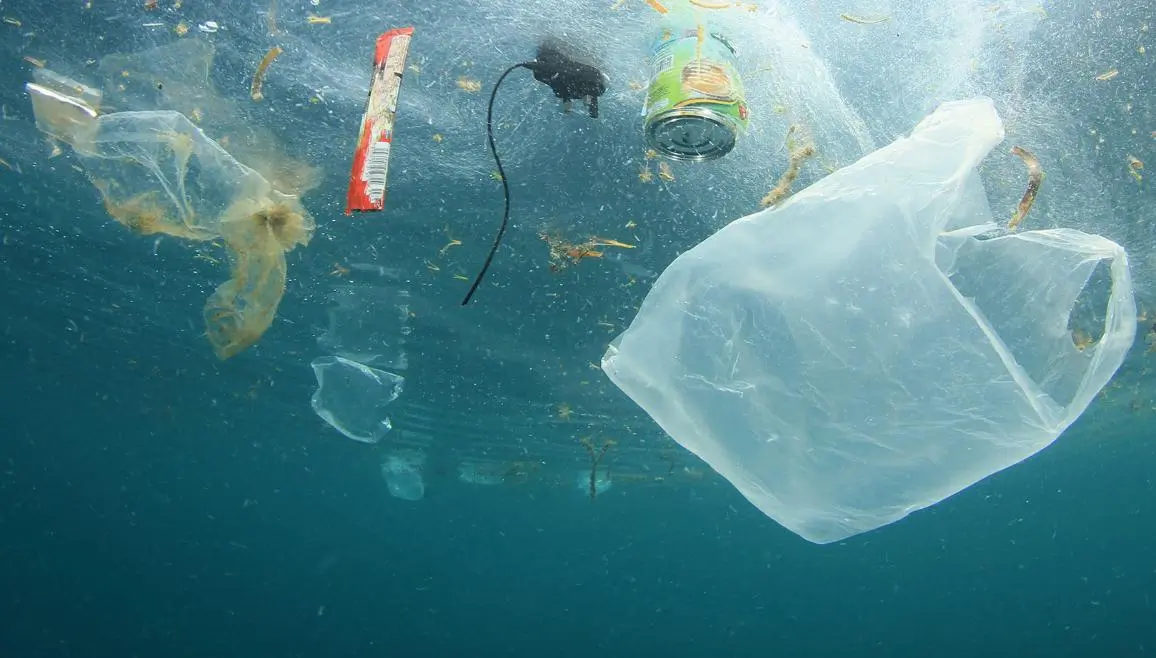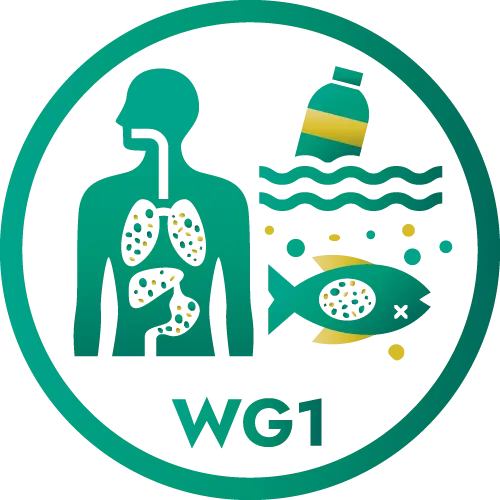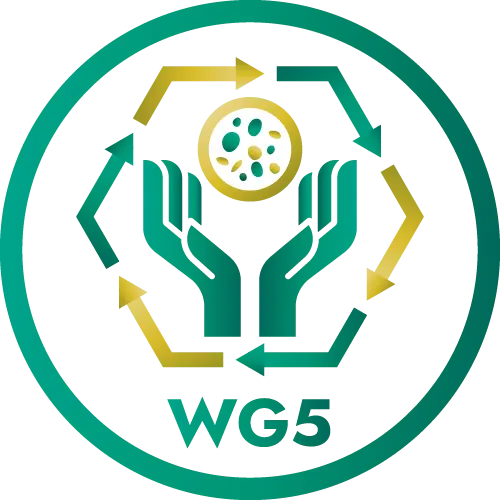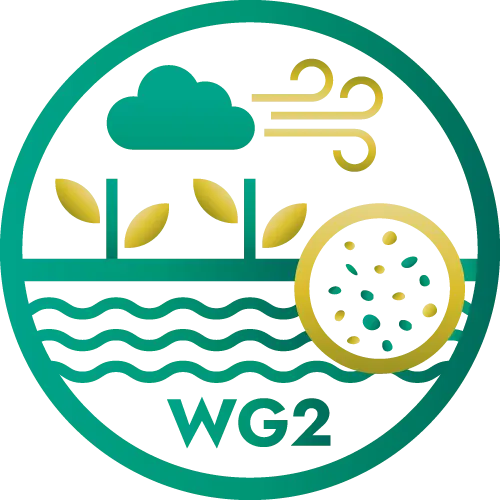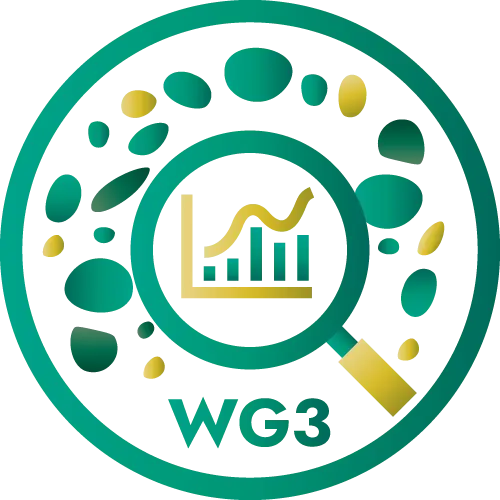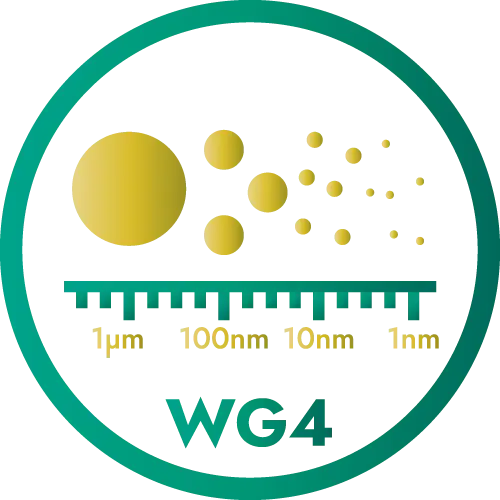Plastics are versatile materials composed of a diverse range of synthetic or semi-synthetic organic compounds. It possesses malleable properties that can be shaped into various solid forms. These qualities, in combination with low costs, have established plastics as a crucial material in our economy. Plastics have become an omnipresent part of our daily lives, finding applications in packaging, construction, automotive, electronics, agriculture, and various other sectors.
It is imperative, however, to acknowledge that their widespread use has brought about detrimental effects on both the environment and human health. These negative effects are the result of plastics in all sizes: from visible plastic litter in the environment to microscopic nanoplastic particles with the potential to cross biological membranes. In addition, plastics contain a wide range of chemicals, of which some have known toxic effects.
Over the past century, the production, demand, and accumulation of plastics have grown exponentially, escalating from 1.5 million tonnes in 1950 to a staggering 359 million tonnes globally in 2018, as reported by the European Union. Despite this surge in production and consumption, the management of plastic waste poses a significant challenge, as only a small percentage is effectively recycled, leaving the majority to be discarded as waste.
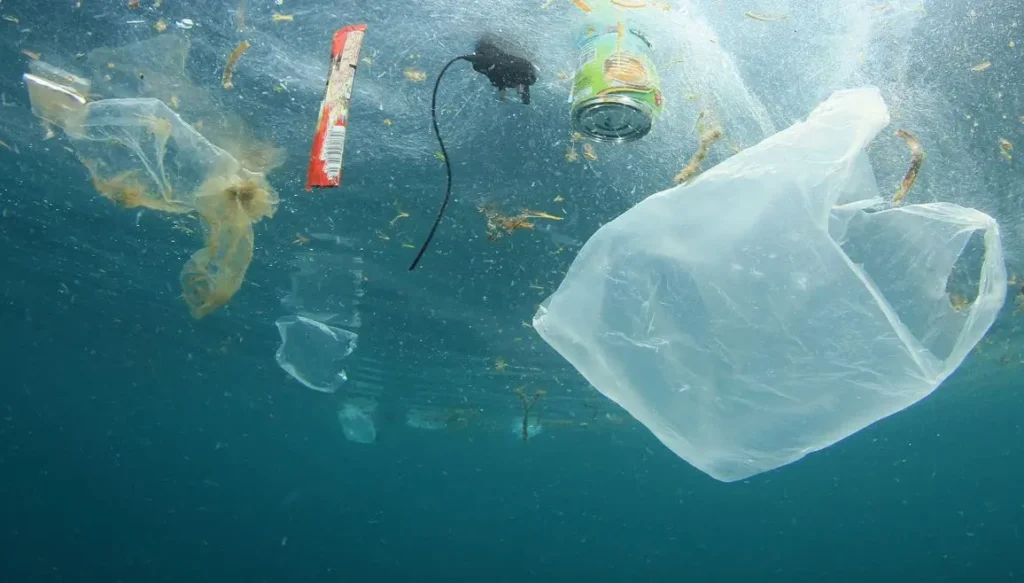
As a result of inadequate waste management, a considerable portion of plastic waste ends up in the environment. Subsequently, the plastic waste undergoes degradation due to various factors such as heat, UV radiation, atmospheric oxidation, and mechanical forces. This degradation process leads to the fragmentation of plastic waste into smaller particles known as microplastics, and eventually into nanoplastics.
Recognising the severity of the situation, the United Nations Environment Programme (UNEP) declared plastic a global pollutant in 2011, and the UN Member States are currently negotiating a legally-binding, international agreement to curb plastic pollution The extensive distribution of plastics and microplastics throughout the environment, coupled with their resistance to natural decay processes, is significantly damaging the environment, particularly marine life. Microplastics are found in growing quantities in the ocean. According to the UN, there are as many as 51 trillion microplastic particles in the seas, 500 times more than stars in our galaxy. Equally concerning is the potential for human exposure to these micro- and nanoplastics. Despite considerable research and numerous reports on microplastic pollution, there are still uncertainties and a lack of comprehensive data, highlighting the need for continued investigation and action.
Introducing PRIORITY COST Action
To understand the real impacts and find alternative solutions, the research community has created a network of scientists with expertise in chemistry, physics, life and environmental science, engineering, regulatory, economy, and law, connecting more than 450 researchers from 48 countries.

The COST Action PRIORITY which stands for Plastics monitoRIng detectiOn RemedIaTion recoverY has set up a research network to understand the real impacts of nano- and microplastics (N/MPs) environmental pollution.
This is a science and technology research network that focuses on developing, implementing, and consolidating strategies to tackle the global challenges of micro- and nano-plastics in the environment. N/MPs are an emerging and very challenging research topic that requires a genuinely interdisciplinary approach.
“Plastic pollution is a global threat that demands immediate attention and collaborative action. Through COST Action PRIORITY, our network of experts across diverse disciplines is dedicated to unveiling the true impact of micro and nano plastics on our planet and health. Together, we strive to innovate, research, and implement effective strategies to combat this escalating environmental challenge. Join us in our mission to safeguard our planet for future generations.”
Dr Stefania Federici, PRIORITY Action Chair.
The network aims to create a robust infrastructure for scientific communication, exchange, and collaboration to foster new research activities and citizen science. The stakeholders include public and private laboratories, manufacturers, and environmental agencies with the involvement of industrial experts.
Click on the images below to discover how PRIORITY is structured and how it will coordinate a team of scientists and experts to address the challenges in the field of environmental nano- and microplastic pollution:
PRIORITY aims to enhance the technical standards for sampling and analysis of micro- and nano-plastics in the environment. By developing a more reliable assessment of exposure and biological effects, the results will advance activities in terms of environmental remediation and recovery.
The Action will support the harmonisation of European regulation associated with microplastics. It will assist the European Commission in critical aspects of environmental and ecosystem protection, food safety, and life science.
Additional information
View the Action webpage
View the network website
Follow PRIORITY on LinkedIn; Instagram; and X (Twitter)
